The durability of plastic packaging enables us to protect, preserve and store products in a variety of ways. However, the high use of this inexpensive product is proving to have a massive impact on the environment, adversely affecting our wildlife and ecosystems.
Plastic’s inability to naturally degrade is causing huge amounts of pollution across the globe. In an effort to overcome and prevent this from escalating, sustainable packaging has become a popular development and a key focus for both businesses and the public.
Sustainable packaging involves increased use life-cycle inventory and life-cycle assessment in order to guide the use of packaging and reduce the environmental impact and ecological footprint. As a result, more attention is focused on package design, choice of materials, processing and the packaging’s life-cycle. One example is an increased use of recycled and biodegradable materials. Such developments are critical to protecting our environment and all living things within it.
The term chosen as 2018 ‘word of the year’ by Collins Dictionary as ‘single-use’, due to the storm of media publicity about plastic pollution of oceans and rivers. Manufacturing and retailing worldwide have become dependent on plastic packaging, and our food system is addicted.
Growing revulsion at the plague of plastic littering our environment has increased the pressure on producers to use recyclable plastic packaging and goaded governments into taxing plastic carrier bags. Now public opinion seems to be turning toward a complete ban on single-use plastic. Public policy-makers will fall in line.
Facing the challenges
The challenges for the food and beverage sector are enormous. Not only is the whole production, handling and distribution system geared around heavily packaged food. Most customers also value the convenience of fresh, ready-to-use produce in the fridge and larder. By protecting food from damage and sealing it from contamination, plastic packaging also helps reduce food waste – another massive challenge that the supply chain, and society, are meant to be tackling. Around a third of all food produced for human consumption is lost or wasted; the greenhouse gas emissions attributable to food waste exceed those of entire nations, being surpassed only by China and the US.
In the 1950s the world consumed 5 million tonnes of plastic. Today the total is near 230 million tonnes. In Europe, about 37% is used for packaging. Food packaging is a significant and highly visible part, attracting the most attention from policy-makers and environmentalists. This challenge cannot be ignored.
Given the urgency of the plastic problem – and potential advantage for manufacturers who manage to beat the addiction – companies are seriously considering all possible alternatives and the focus on innovative alternatives is intensifying.
A move for change
The rapid take-up of refillable coffee cups (such as KeepCup and Waitrose’s ban on disposable coffee cups at in-store coffee stations) – and the backlash against retailers seen to favor throwaway containers – shows how fast attitudes are shifting. A similar trend is being seen with re-usable water bottles (e.g. Klean Kanteen insulated water bottles), helped by celebrities sporting up-market brands on the way to and from the gym.
The coming year will see a major shift to zero-plastic packaging. Supermarkets that completely eschew packaging are still a rarity. But more will follow, and plastic-free aisles are likely to spread. Marks & Spencer has announced a trial of loose fruit and veg. Also in the UK, the former bosses of its major supermarket retailers have called on their successors to take action. Ex-Asda CEO Andy Clarke called on them to showcase plastic alternatives like grass paper. He also highlighted a Populus poll in June 2018 showing that 91% of people wanted plastic-free aisles in supermarkets.
Innovative solutions
Simultaneously, the incentive for developing new, environmentally responsible packaging materials has just got greater. Much progress has already been made on biodegradable packaging. Novamont uses patented technologies in processing starches and vegetable oils to produced bio-based plastics that are biodegradable and compostable. Japan’s Futamura manufactures its renewable and compostable cellulose films from wood pulp.
Edible packaging is technically feasible, according to scientists, though the hurdles are higher and further research and development is required. The versatility of various types of plastic – with respect to temperature, pressure, pH, sealing, tensile strength, relative humidity, etc. – sets a high bar for alternative packaging. Research into edible/biodegradable films is in its infancy and commercial applications are currently limited.
The difficulty in developing a functional bio-film solution is that it requires not just one of the physical characteristics to be met, and the majority under fluctuating applications and in various environments. Cost and volumes are also commercial factors at play.
Laminating different types of bio-films together may provide the answer. Initial tests with meat products have suggested there may even be advantages, including reduced moisture loss, increased cooking yield, and improved product flavor and juiciness. But is a challenging recipe to perfect, especially in a short time frame.
We expect 2019 to see extensive trialing of plastic-free retailing and testing of new, alternative materials and packaging formats, with the onus on biodegradability and sustainability. Zero plastic is still some way off, but the world will welcome real progress toward plastic-free food and drink packaging.
For more trends in food and beverage, download your copy of “An Appetite for Change” here:


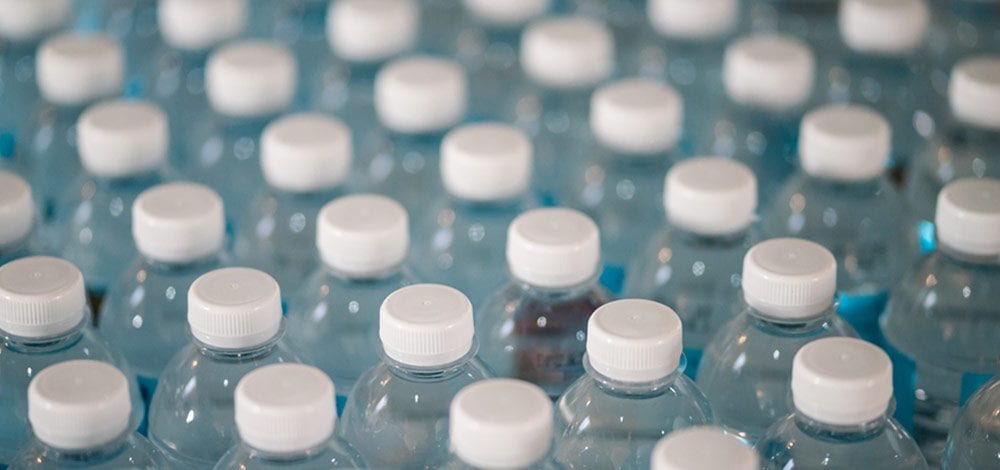

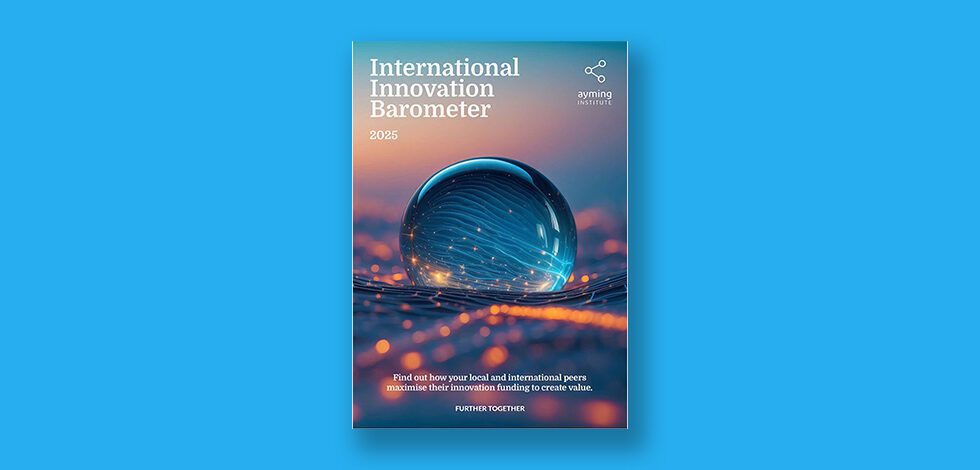

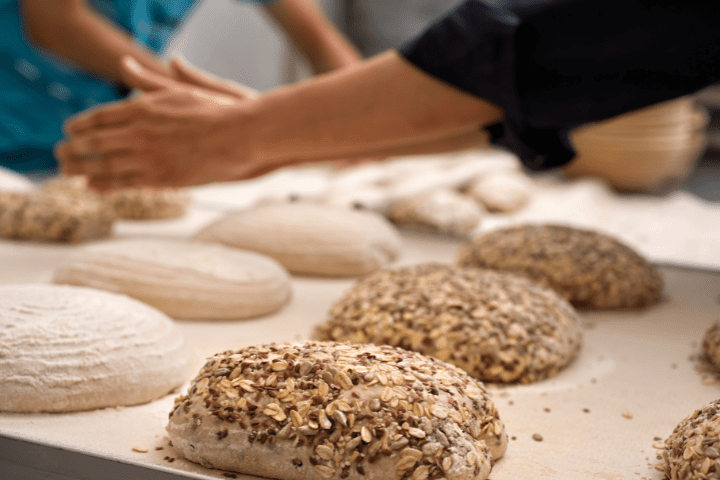
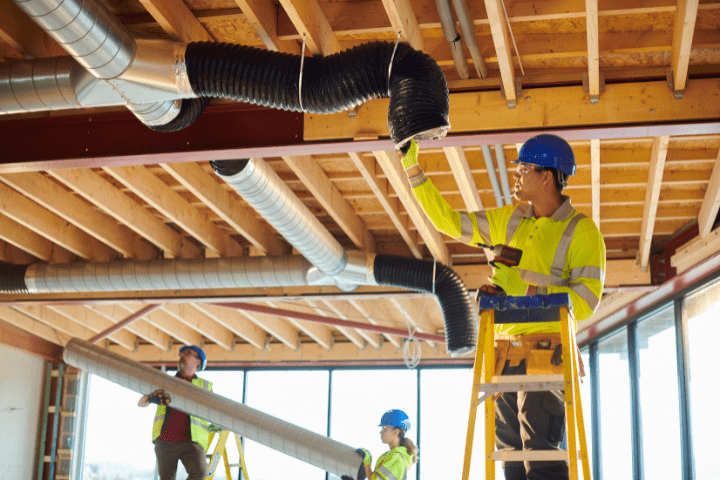
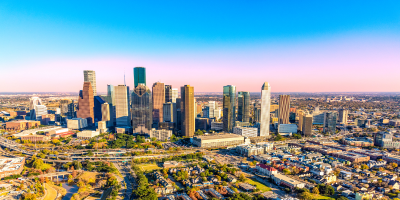
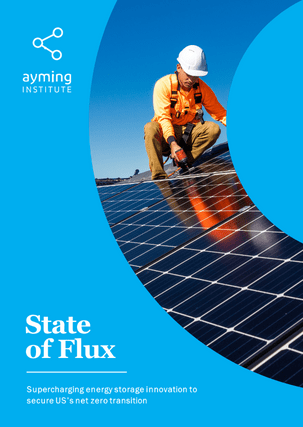
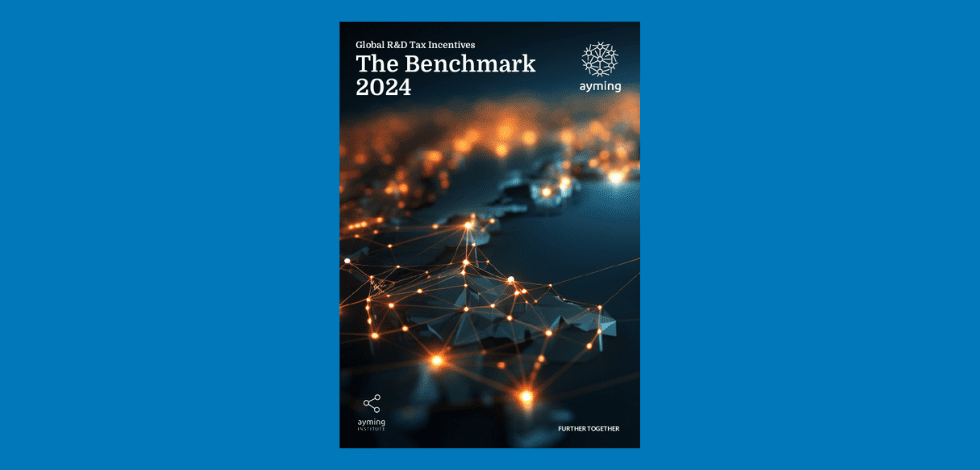
No Comments